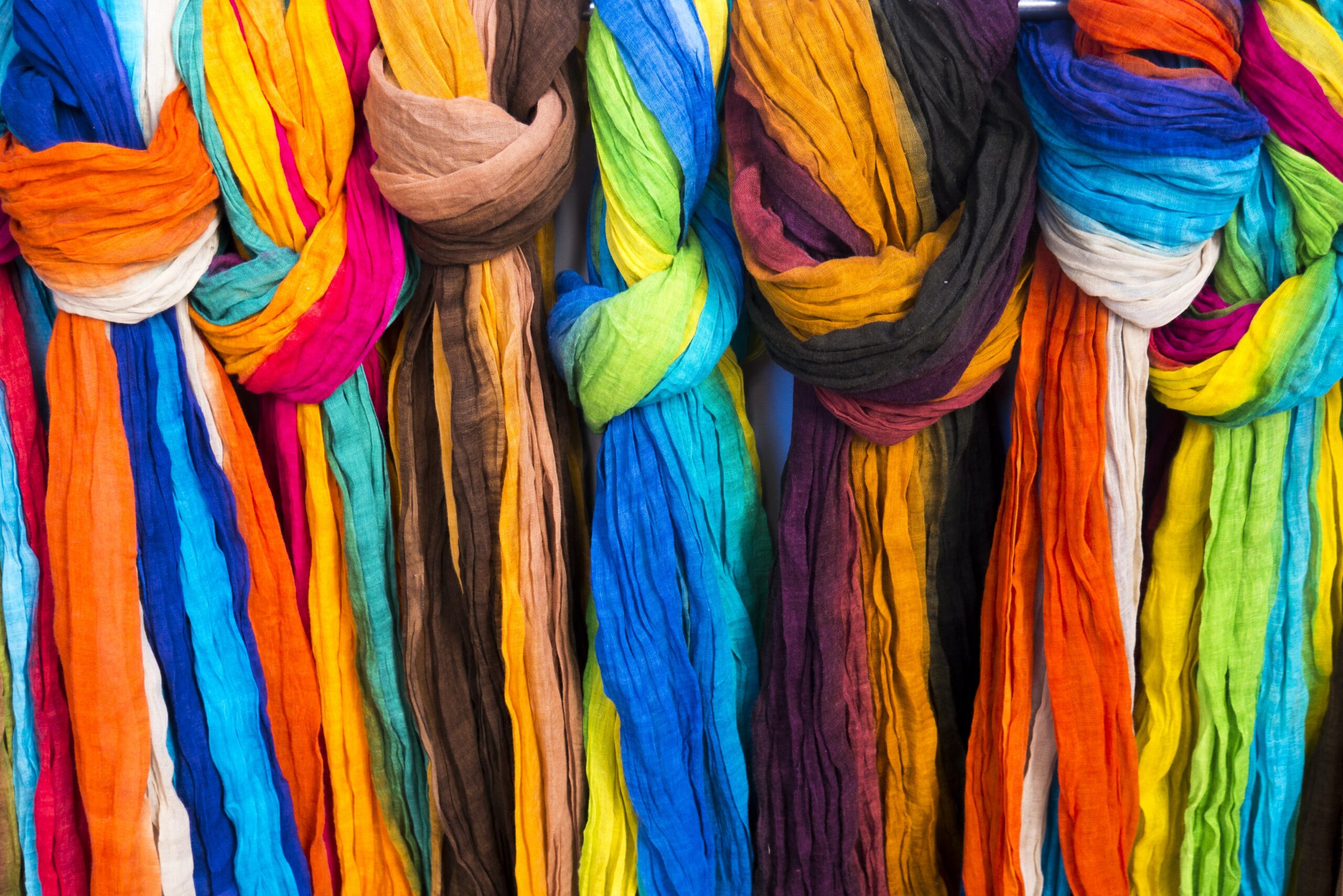Making fabric dyes from things available quickly in your backyard can be a cost-effective, time-effective, and eco-friendly alternative to cheap quality store-bought dyes. The entire project can be a great way to spend leisure time, including collecting dye ingredients, preparing dyes, and dying the fabric. And yes, you can make most of the dyes you need.
If you’re into DIY projects, you will love making fabric dyes for your next tie-dye clothing right from things available in your backyard. We review a simple guide for creating your own dye using natural materials.
Preparing The Fabric
To prepare the fabric, you must make color fixatives, so the dye is attached permanently to the material. Mordant or color fixative is a chemical that binds the dye to the fabric. You can find numerous store-bought options or make some commonly used fixatives at home.
For instance, to make a vinegar-based fixative, you need 1:4 parts of vinegar to the water. Similarly, add ½ cup salt to 8 cups of tap water to prepare a salt fixative. Vinegar fixative is used for plant dye, whereas salt fixatives hold berry dyes onto the fabric.
Tin, iron, chrome, alum, and cream of tartar are other forms of widely available mordant. Keep the fabric in the pot filled with fixative for an hour before rinsing out until the water is free from any color.
Preparing The Dye
To prepare the dye, roam around your backyard to gather specific items discussed below. Once you have the berries, barks, leaves, or other parts of the plant, chop them into tiny pieces and add water to boil them. The process will eventually seek out the color. However, to make the dye stronger, allow the pot contents to simmer for an hour after the boil.
How To Dye
Prepare a dye bath and soak the wet fabric that you had taken out from the fixative in the bath. Allow the fabric to sit overnight for the best results. Ensure that the fabric used is mainly white or pastel for maximum color. Cotton, wool, and muslin are some great fabric choices for dying. This is a guide of ingredients you need for creating different dye colors by color shade with ingredients and part of plant.
Pink-Peach
-
Rose Pink: Balm and flowers.
-
Reddish Pink: Bloodroot and roots with alum.
-
Light Pink: Dandelion and roots.
-
Pink: Madder and roots.
-
Pink (alternative): Virginia creeper and fruit.
-
Reddish Pink: Raspberries and fruit.
Blue-Purple
-
Deep Purple: Blackberry and fruit.
-
Blue: Hyacinth and blossoms.
-
Plum: Lady’s bedstraw and roots with iron.
-
Greenish Blue: Saffron and petals.
-
Violet: Elderberry and fresh fruit with alum.
-
Dark Blue: Japanese indigo and leaves.
-
Royal Purple: Mulberries and fruit.
Yellow
-
Yellow: Saffron and stigmas with alum.
-
Dull Yellow: Fresh plantain.
-
Gold: Red clover and flowers, stems, or leaves with alum.
-
Bright Yellow: Turmeric and powder.
-
Deep Yellow: Sage and fresh with chrome.
-
Mustard Yellow: Fennel and leaves of fresh blooms.
-
Yellowish Green: Rosemary and fresh petals.
Red-Brown
-
Deep Red: Beetroot and fruit.
-
Brown: Pomegranate and overripe.
-
Red: Sycamore and bark.
-
Turkey Red: Bamboo and steams or rubia plant.
-
Lacquer Red: Madder and fresh roots with alum.
-
Red: Safflower and blooms with alcohol.
-
Brown: Onion and yellow skin with iron.
Green
-
Green: Chamomile and leaves.
-
Yellowish Green: Grass and leaves.
-
Olive Green: Majoram and fresh tops with chrome.
-
Lime Green: Peony and blossoms.
-
Deep Khaki: Peppermint and leaves.
-
Medium Green: Red onion and skin.
-
Grayish Green: Sage and tops with iron.
Orange
-
Orange: Carrots and roots.
-
Orange (alternative): Turmeric and powder.
-
Orange (alternative): Lilac and twigs.
-
Orange (alternative): Alder and bark.
-
Rust: Safflower and dried or fresh petals with tin.
-
Deep Rust: Eucalyptus and leaves or bark.
-
Reddish Orange: Onion and red skin with alum.
Final Thoughts
Using things in your backyard for dying fabrics can be fun solo or group projects to spend leisure time without spending too much. We hope this guide will be helpful for your next project. Happy tie-dyeing!
